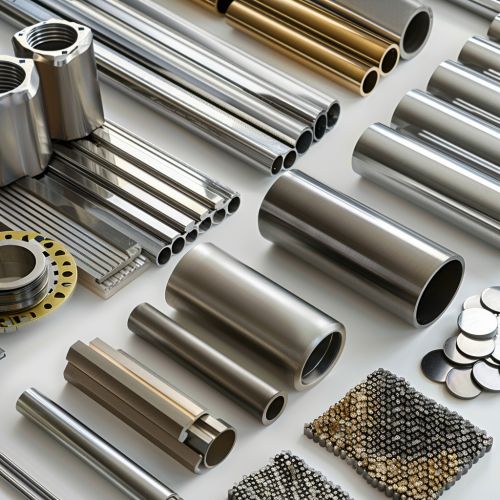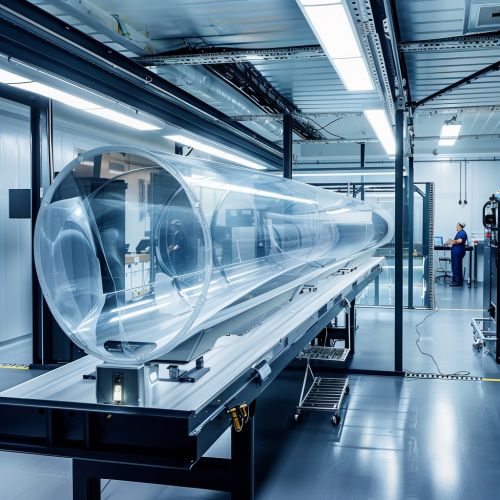Aerospace Materials
Introduction
Aerospace materials are a category of materials that are utilized in the manufacturing of aerospace components and structures. These materials must possess specific characteristics to withstand the extreme conditions encountered in various aerospace applications. This includes high strength, low weight, resistance to high temperatures, and resistance to corrosion.


History
The history of aerospace materials can be traced back to the early days of aviation. Initially, materials such as wood and fabric were used in the construction of aircraft. However, as the demands of aviation increased, so did the need for more advanced materials. The introduction of aluminium alloys in the 1920s marked a significant advancement in aerospace materials. These alloys were lightweight, yet strong, making them ideal for aircraft construction.
Types of Aerospace Materials
Aerospace materials can be broadly classified into three categories: metals, polymers, and ceramics.
Metals
Metals are the most commonly used materials in the aerospace industry. They are known for their strength, durability, and heat resistance. The most commonly used metals in the aerospace industry include aluminium, titanium, and steel.
Aluminium
Aluminium is a lightweight metal that is commonly used in the aerospace industry. It is known for its high strength-to-weight ratio, making it ideal for aircraft construction. Aluminium is also resistant to corrosion, which is a critical property for materials used in aerospace applications.
Titanium
Titanium is another metal that is commonly used in the aerospace industry. It is known for its high strength, low density, and excellent corrosion resistance. Titanium is also able to withstand high temperatures, making it ideal for use in jet engines.
Steel
Steel is a strong and durable metal that is used in various aerospace applications. It is typically used in areas where strength and durability are required, such as landing gear.
Polymers
Polymers, or plastics, are also used in the aerospace industry. They are typically used in non-structural components due to their lower strength compared to metals. However, polymers are lightweight and have excellent corrosion resistance, making them ideal for certain aerospace applications.
Ceramics
Ceramics are used in the aerospace industry due to their ability to withstand high temperatures. They are typically used in areas that are exposed to high temperatures, such as the nose cones of rockets.
Future of Aerospace Materials
The future of aerospace materials lies in the development of new materials that can withstand the extreme conditions encountered in aerospace applications. This includes materials that can withstand high temperatures, high pressures, and corrosive environments.


